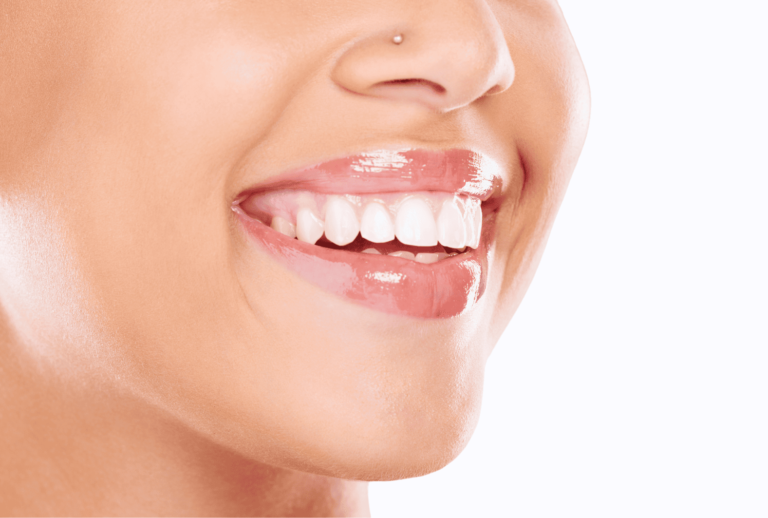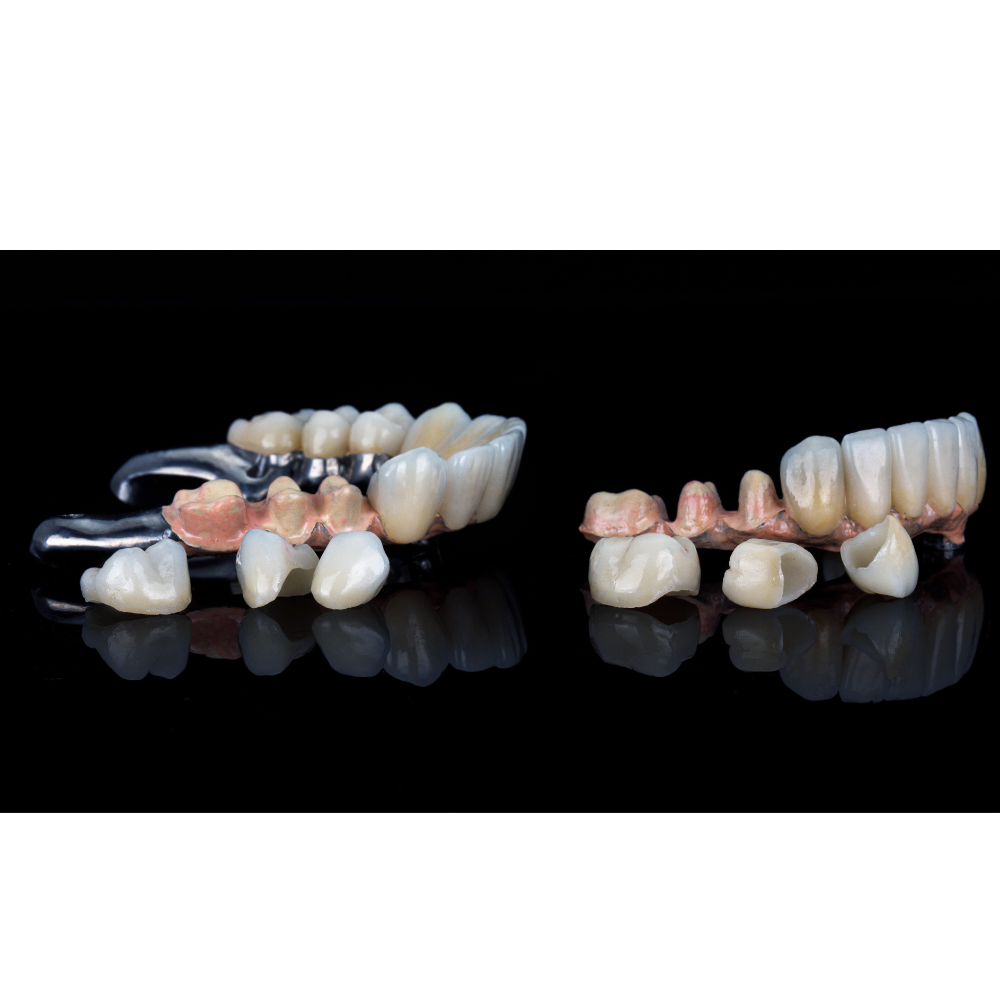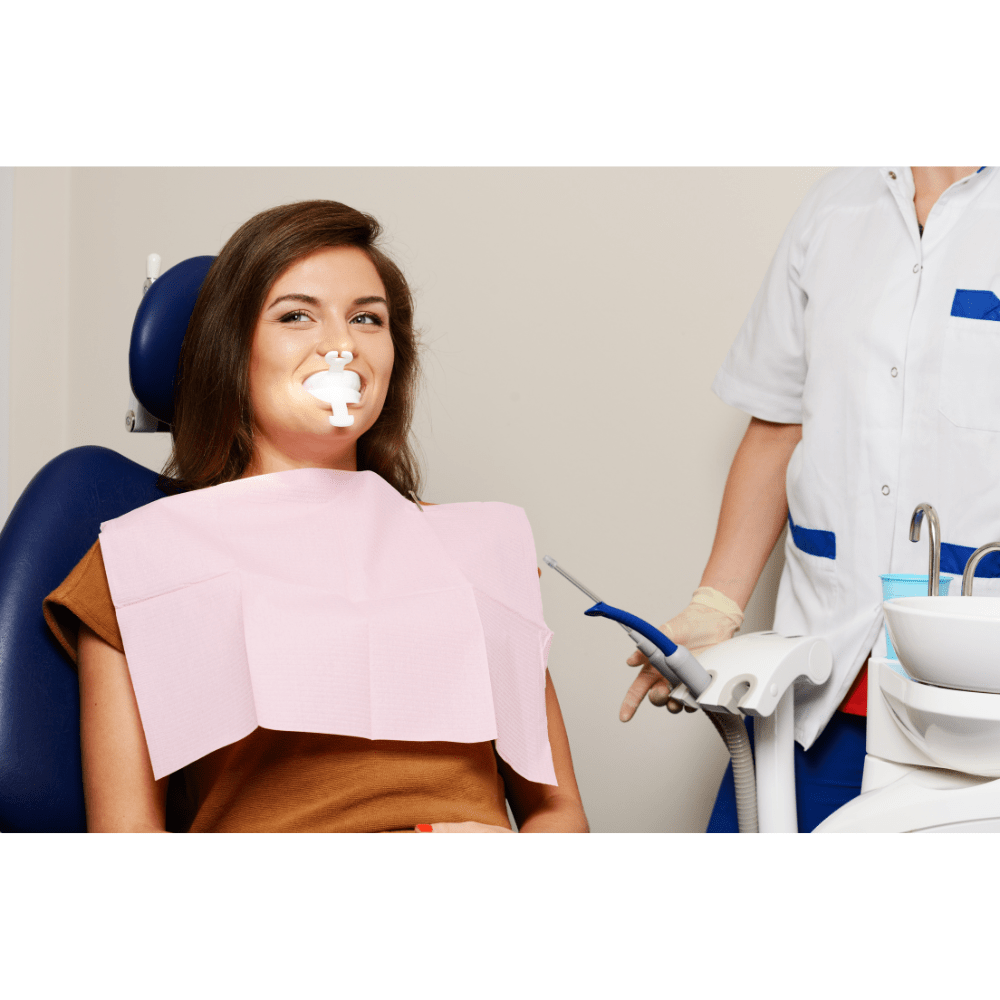What Are Invisalign Buttons On Teeth | Working, Pros & Cons, And All
A key innovation in orthodontics is the use of Invisalign buttons on teeth. These tiny attachments are a must for improving the effectiveness of clear aligner treatments. They are an important component of this modern orthodontic approach.
Learning their role can make a significant difference in the overall success of your treatment. This article will explain how Invisalign buttons work, highlighting their benefits and drawbacks, and giving you a better idea of what to expect.
What Are Invisalign Buttons On Teeth?
Invisalign buttons on teeth are small tooth-colored or clear bumps made of dental composite material. They are placed on specific teeth during Invisalign treatment to help the aligners apply the necessary force to move the teeth effectively.
These buttons act as anchors which allow the aligners to grip onto them and exert precise pressure to guide the teeth into their desired positions. While they may feel slightly bulky at first, most patients adjust to them quickly. They are usually removed at the end of the treatment.
How Do Invisalign Attachments Work?
Invisalign attachments work by providing additional grip and leverage for the clear aligners to exert controlled pressure on specific teeth. Here’s how they work,
Enhanced Grip:
Invisalign attachments create small indentations in the aligner material. They allow the aligners to grip them securely.
Precise Force Application:
By attaching to the aligners, the Invisalign buttons on the teeth enable more precise and targeted force to be applied to the teeth. This helps to facilitate the desired tooth movements as planned by the orthodontist.
Customized Treatment:
Each attachment is uniquely positioned on the tooth surface to correspond with the planned movement for that tooth. This customization allows for more efficient and effective tooth alignment.
Optimized Results:
Invisalign attachments work in conjunction with the aligners to optimize treatment outcomes. They help to overcome challenges such as stubborn tooth movements or complex alignment issues, ultimately leading to a straighter smile.
Temporary Use:
They are used for a portion of the treatment duration and may be removed at the end of treatment. Their temporary nature allows for flexibility and adaptability throughout orthodontic treatment.
Invisalign Attachments Before And After
Here is the before and after comparison for Invisalign attachments.
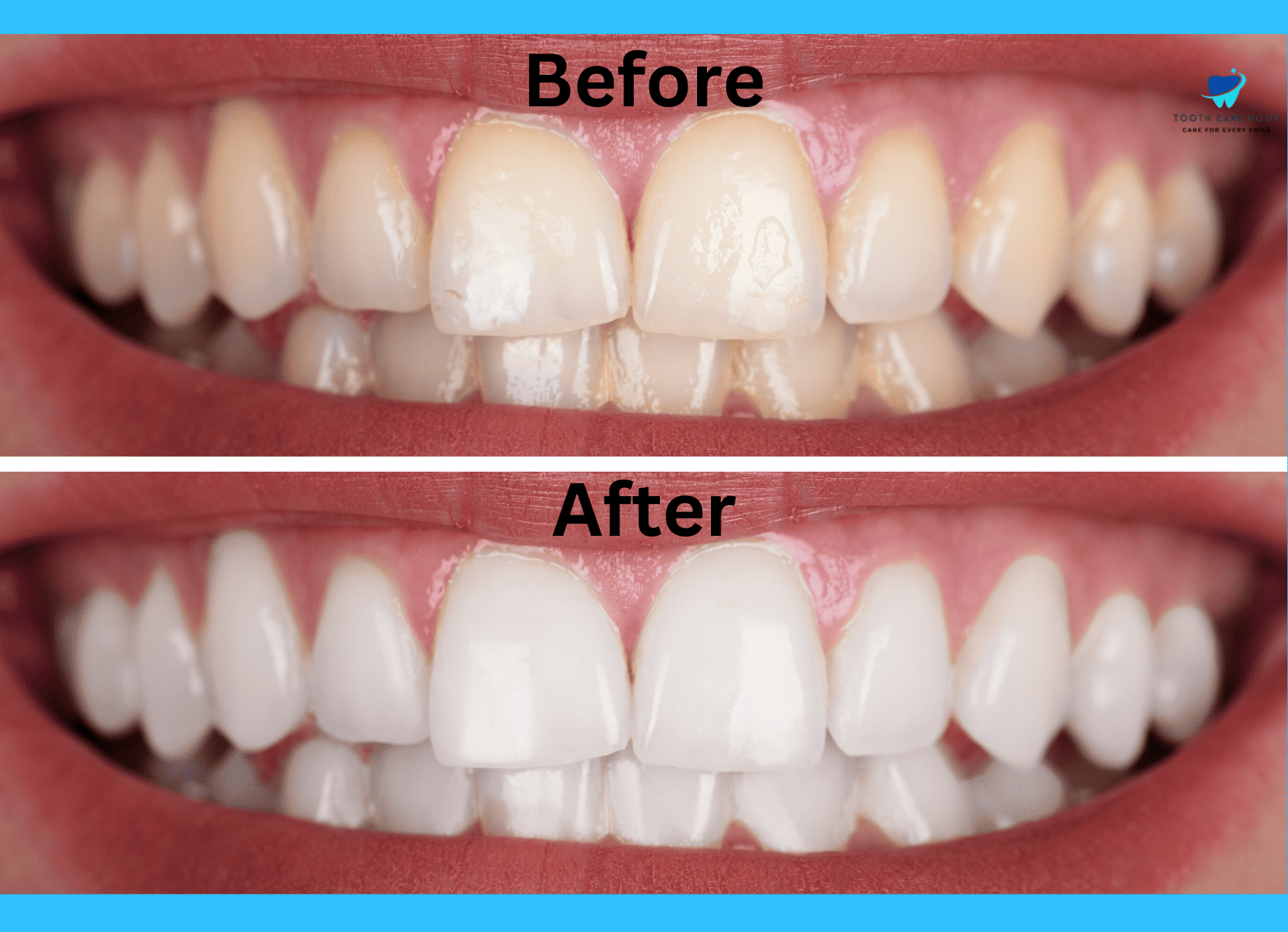
Benefits Of Invisalign Attachments On Teeth
- Your dentist can fine-tune your treatment and get your teeth exactly where they need to be.
- Invisalign buttons on teeth can help your teeth move more efficiently with a better grip.
- Invisalign attachments can benefit more complex cases where teeth need to rotate, tilt, or close gaps.
- You will not experience any pain or irritation from them.
Risks Of Invisalign Brackets
Here are the risks attached with Invisalign brackets:
- New attachments can cause slight discomfort for a day or two after placement. This is because they’re essentially putting pressure on your teeth to move.
- Food particles can get trapped around the attachments. Brushing and flossing become even more important during Invisalign treatment.
- Some people experience a slight lisp when they first get attachments. This usually goes away within a week or two as your tongue adjusts.
- Invisalign brackets might be noticeable upon close inspection while they are clear. This is more common with certain lighting conditions.
Things To Expect After Invisalign Anchors
Here’s what you can expect from Invisalign attachments:
- Your dentist will gently remove the attachments using a special tool. This is usually a painless process.
- Your teeth might feel a little sore or sensitive right after the attachments are removed. This is normal and should subside within a day or two.
- You might notice some white spots where the attachments were bonded.
- After your Invisalign treatment is complete, your dentist will recommend wearing retainers. These help keep your teeth in their new positions and prevent them from shifting back.
Why Invisalign Dots On Teeth Form?
They’re most likely temporary white spots that formed around the attachments during treatment. These white spots are due to minor enamel demineralization where some minerals weaken. But these are temporary and will fade away naturally over time.
Do Invisalign Attachments Hurt?
No, Invisalign buttons on teeth themselves shouldn’t hurt. You might feel a little pressure or soreness for a day or two when you get them or switch aligners, as your teeth gently adjust to their new position. This discomfort is temporary and usually fades quickly.
There might also be some minor irritation to your tongue or cheek from the new texture but dental wax can help ease that. If you experience any sharp pain that doesn’t go away within a few days, you must go to your dentist to make sure everything looks good.
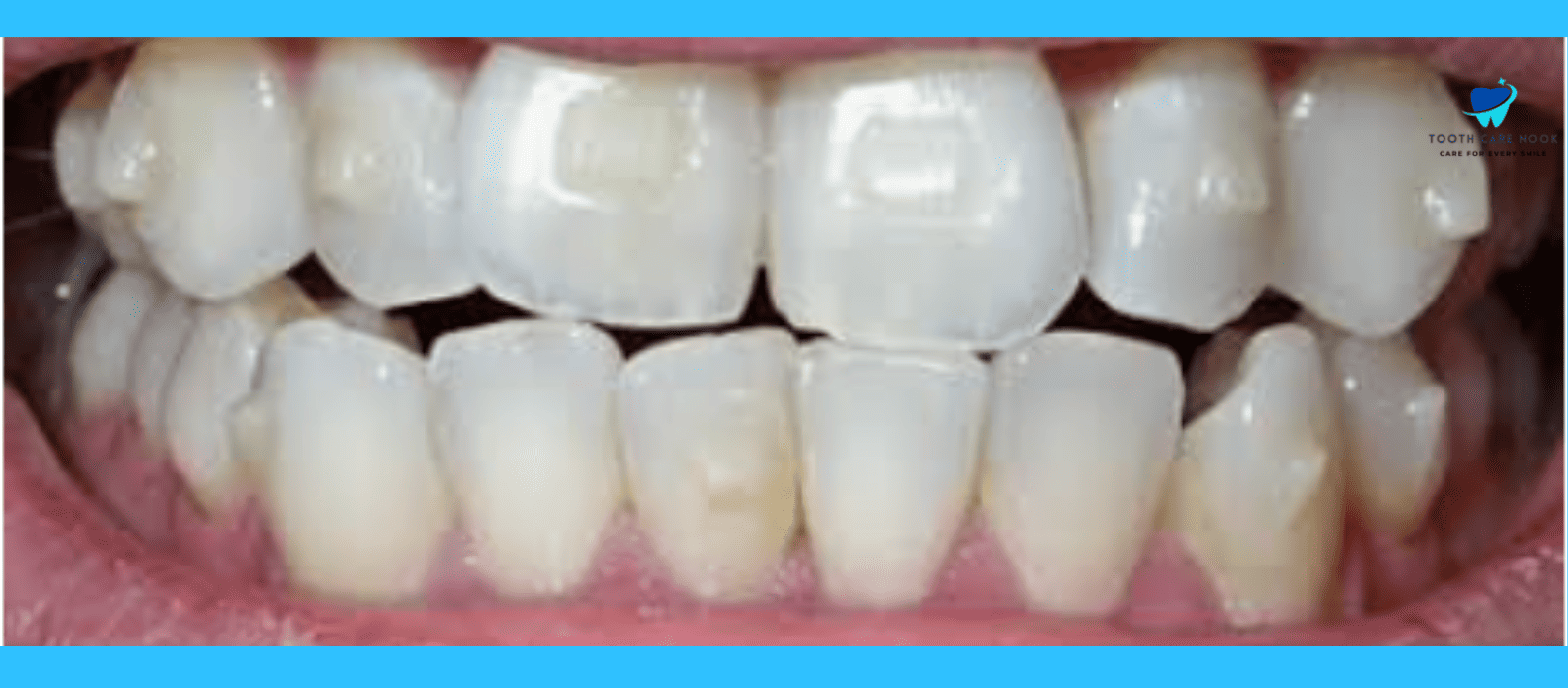
FAQs
Will Invisalign Work Without Attachments?
Yes, Invisalign can work without attachments in some very simple cases. But, attachments are common and help move teeth more precisely and efficiently. They can shorten treatment time and tackle complex movements.
Do Invisalign Retainers Have Attachments?
No, Invisalign retainers don’t have attachments. They’re designed to hold your teeth in place after treatment not for further movement.
How Long Do Invisalign Attachments Stay On?
Invisalign attachments stay on your teeth throughout your entire treatment which can range from 6 months to 2 years. Your dentist will remove them when your smile is perfectly aligned.
Does Invisalign Glue on Teeth Damage My Teeth?
No, the composite resin is biocompatible. This means it’s safe for your teeth. It’s designed to bond securely and then be easily removed by your dentist at the end of your treatment without damaging the enamel.

